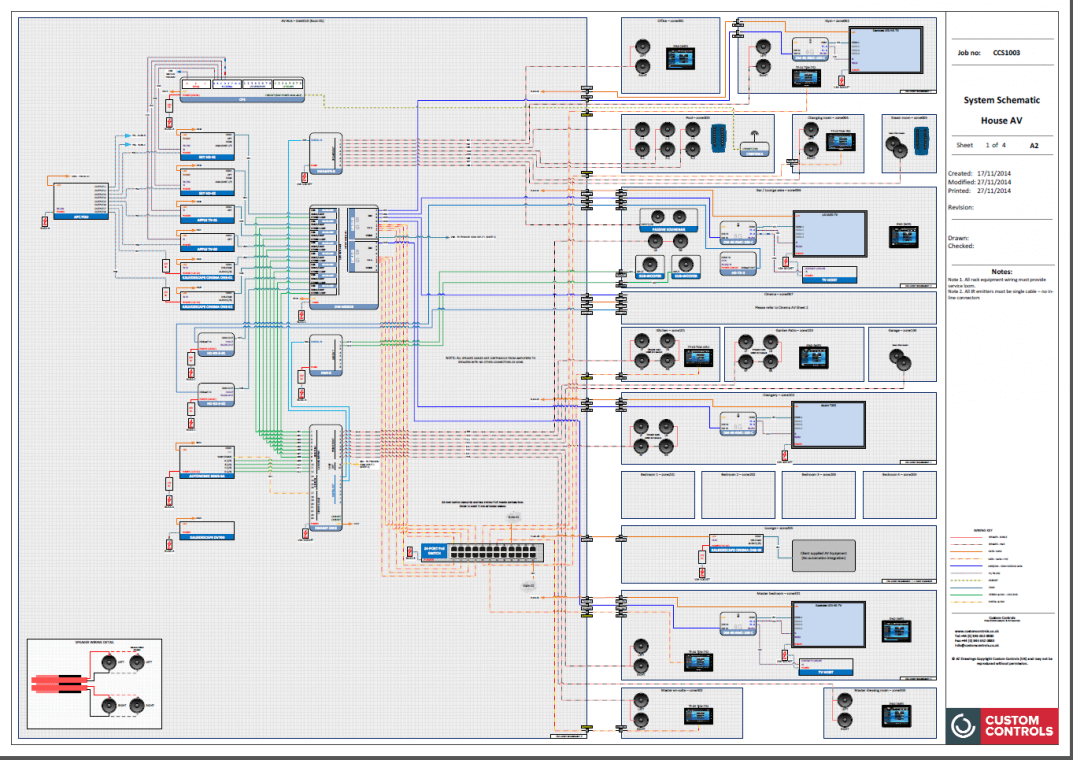One key advantage of audio over IP systems is its capability to connect various devices and systems seamlessly. Traditional broadcasting often depended on complex wiring and physical links, which could be burdensome and limited. With AoIP, broadcasters can easily connect microphones, audio consoles, and additional devices through a shared network. This integration allows for remote broadcasting and live streaming from almost any place, making it easier to connect with listeners across the world. As a consequence, broadcasters can react quickly to ongoing issues and listener demands, leading to more vibrant and engaging content.
Additionally, AoIP systems facilitates high-quality audio standards that enhance the auditory experience. In contrast to traditional broadcasting methods, which may compromise sound quality, audio over IP can maintain the purity of the audio signal during the delivery process. This means that audiences can experience clearer and richer sound, regardless of whether they are listening in via terrestrial radio, broadcasting over the internet, or using discover this portable devices. The capability to deliver high-fidelity audio is particularly crucial for music and talk shows, where each detail matters to the listeners.
Additionally, the implementation of audio over IP systems can lead to cost savings for media companies. By using existing network systems, companies can eliminate the need for costly hardware and extensive cabling. This not only lowers upfront costs but also decreases operational costs over time. Media firms can allocate resources more effectively, investing in production and talent growth. As a result, the entire media industry can gain from increased creativity and inventiveness, as funds are redirected toward enhancing programming and interacting with audiences.
In conclusion, the shift towards audio over IP systems is changing the broadcasting landscape. By allowing seamless links, improving audio quality, and lowering costs, AoIP is paving the way for a better integrated future in media. As media organizations continue to adapt to these developments, they will be more prepared to meet the needs of their audiences, create compelling content, and stay competitive in an constantly changing industry. The future of broadcasting is bright, and audio over IP will play a key role in defining how we interact with audio programming in the years to come.
